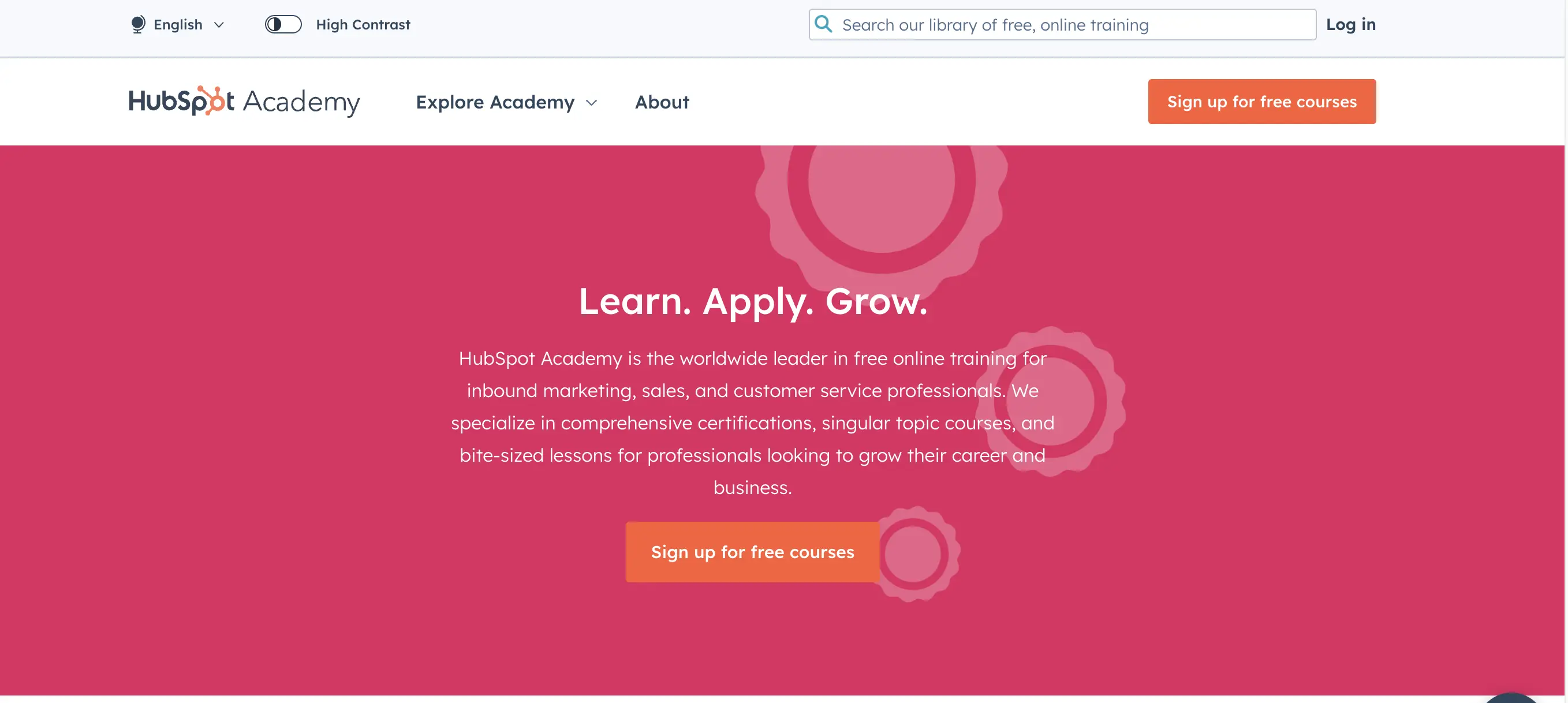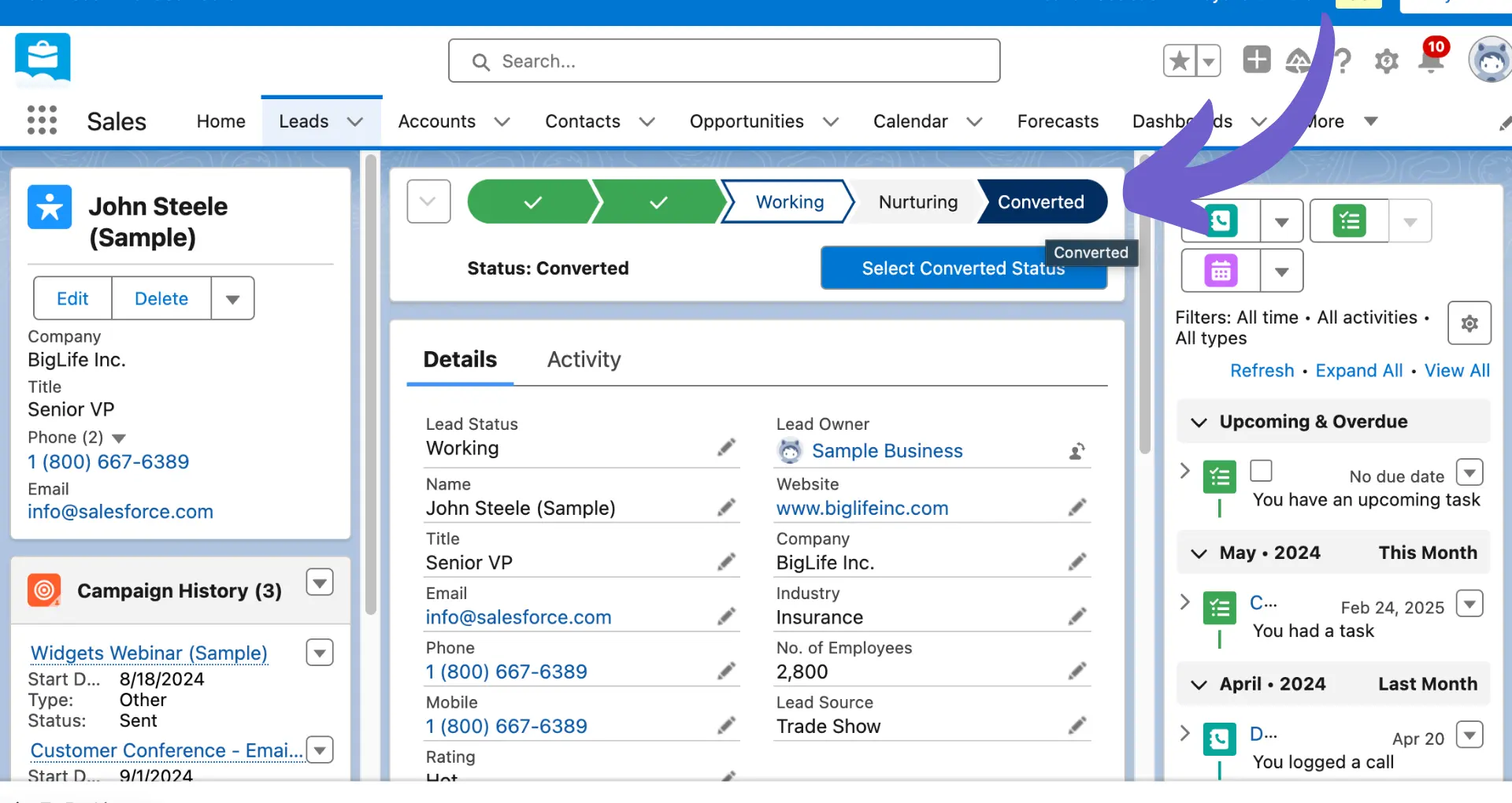In the competitive CRM market of 2024, HubSpot and Salesforce stand out as two leading platforms, each with unique strengths and focus areas. While HubSpot excels in inbound marketing and user-friendliness, Salesforce offers extensive customization and integration capabilities. Understanding the key differences between these CRM giants is crucial for businesses looking to make an informed decision that aligns with their specific needs and goals.
Overview of HubSpot and Salesforce in the CRM Market
In 2024, HubSpot and Salesforce continue to dominate the CRM market, each with a unique focus and set of strengths. Salesforce, the long-standing leader, maintains its position by offering highly customizable solutions and an extensive array of integrations. Its robust platform caters to enterprises seeking advanced features and flexibility.
On the other hand, HubSpot has gained significant market share by prioritizing user-friendliness and seamless inbound marketing capabilities. Its intuitive interface and all-in-one approach appeal to small and medium-sized businesses looking for a more streamlined CRM experience.
- Salesforce's market share in 2024: 26.43%
- HubSpot's market share in 2024: 5.70%
While Salesforce continues to lead in overall market share, HubSpot's growth has been impressive, particularly among companies prioritizing ease of use and integrated marketing functionality. As businesses increasingly value simplicity and alignment between marketing and sales efforts, HubSpot's focus on these areas has positioned it as a strong contender in the CRM market.
Pricing Models: Comparing Costs and Value
When comparing HubSpot and Salesforce pricing, it's important to consider the value each platform provides in relation to its cost. HubSpot offers a free plan that includes basic features, while Salesforce does not have a free option.
HubSpot's pricing model is based on the number of contacts and features included in each tier:
- Starter: Starts at $45/month for 1,000 contacts
- Professional: Starts at $800/month for 2,000 contacts
- Enterprise: Starts at $3,200/month for 10,000 contacts
Salesforce's pricing is per user per month, with each tier offering increasing levels of functionality:
- Essentials: $25/user/month (up to 10 users)
- Professional: $75/user/month
- Enterprise: $150/user/month
- Unlimited: $300/user/month
To save time and focus on important tasks, try using Bardeen's sales prospecting automation. Automate workflows and boost productivity with just a few clicks.
While Salesforce's entry-level costs may appear lower, the per-user pricing can quickly add up for larger teams. HubSpot's pricing, although more expensive at higher tiers, can provide better value for businesses with a large contact database and fewer users.
Ultimately, the right choice depends on your specific needs and budget. Consider the features critical to your business and the number of contacts and users you have when comparing costs between HubSpot and Salesforce. For tips on preparing for sales calls and maximizing your CRM's potential, check out our resources.
Ease of Use and User Interface
When comparing HubSpot and Salesforce, it's essential to consider the ease of use and user interface of each platform. HubSpot is known for its user-friendly design, intuitive navigation, and minimal learning curve. Its interface is clean, modern, and easy to navigate, making it accessible for users with varying levels of technical expertise.
On the other hand, Salesforce offers a more complex and feature-rich interface. While it provides a high degree of customization and advanced functionality, its learning curve is steeper compared to HubSpot. Salesforce's interface may require more training and technical knowledge to fully utilize its capabilities.
The differences in user interface and ease of use can have significant implications for user adoption and training requirements:
- HubSpot's user-friendly design can lead to faster adoption rates and reduced training time, as users can quickly familiarize themselves with the platform.
- Salesforce's complex interface may require more extensive training and support to ensure that users can effectively navigate and utilize its features.
Ultimately, the choice between HubSpot and Salesforce in terms of ease of use and user interface depends on your team's technical proficiency and the level of complexity your business requires. If simplicity and quick adoption are priorities, HubSpot may be the better choice. However, if your team is willing to invest time in learning and leveraging advanced features, Salesforce's customizable interface could be a good fit. For more insights on AI web scraping tools, visit our blog.
Customization and Integration Capabilities
Salesforce and HubSpot offer varying degrees of customization and integration options, catering to different business needs. Salesforce is known for its extensive customization capabilities, allowing businesses to tailor the platform to their specific requirements. With its powerful tools like Lightning App Builder and Salesforce AppExchange, users can create custom apps, fields, and workflows to match their unique processes.
Streamline sales prospecting with Bardeen and create personalized outreach using automation tools.
On the other hand, HubSpot provides a more streamlined and user-friendly approach to customization. While it offers some customization options, such as custom properties and workflows, it may not be as extensive as Salesforce. However, HubSpot's App Marketplace offers a wide range of pre-built integrations with popular third-party tools, making it easier for businesses to connect their existing software stack.
When it comes to integration capabilities, both platforms offer robust options:
- Salesforce's AppExchange boasts over 3,000 apps and integrations, covering various business functions like marketing automation, accounting, and project management. This extensive ecosystem allows businesses to create a highly customized and integrated solution.
- HubSpot's App Marketplace provides a wide array of integrations with popular tools like Slack and Google Suite. These pre-built integrations enable businesses to connect their CRM with other essential software quickly and easily.
Ultimately, the choice between Salesforce and HubSpot in terms of customization and integration depends on the level of flexibility and control your business requires. If you need highly customized solutions and have the resources to manage complex integrations, Salesforce may be the better fit. However, if you prioritize ease of use and quick integration setup, HubSpot's App Marketplace may be more suitable.
Analytical and Reporting Tools
HubSpot and Salesforce both offer robust analytical and reporting capabilities, but they cater to different business needs. Salesforce is known for its advanced analytics through Einstein AI, which provides predictive insights, data visualizations, and AI-powered forecasting. This makes it an excellent choice for larger organizations that require in-depth data analysis to make informed decisions.
On the other hand, HubSpot offers a more user-friendly approach to reporting, with built-in tools that allow users to create custom dashboards and reports easily. HubSpot's reporting features are tightly integrated with its marketing, sales, and service tools, providing a comprehensive view of the customer journey.
Here are some key differences between the two platforms:
- Salesforce Einstein AI offers advanced analytics capabilities, such as predictive lead scoring, opportunity insights, and AI-powered forecasting. These features are particularly useful for large sales teams that need to process vast amounts of data.
- HubSpot's reporting tools are more intuitive and easier to use, making it a better fit for smaller businesses or teams with limited technical expertise. HubSpot's reports are highly customizable and can be tailored to specific business needs.
- Salesforce provides a wide range of pre-built templates and dashboards, as well as the ability to create custom reports using its powerful report builder. This flexibility allows businesses to create reports that align with their unique requirements.
- HubSpot's reporting features are closely tied to its CRM, marketing, and service tools, providing a holistic view of the customer journey. This integration makes it easier to track and analyze customer interactions across multiple channels.
Ultimately, the choice between Salesforce and HubSpot's analytical and reporting tools depends on the size and complexity of your business. If you require advanced analytics and have the resources to leverage AI-powered insights, Salesforce may be the better option. However, if you prioritize ease of use and need a more streamlined approach to reporting, HubSpot's integrated tools may be more suitable.






